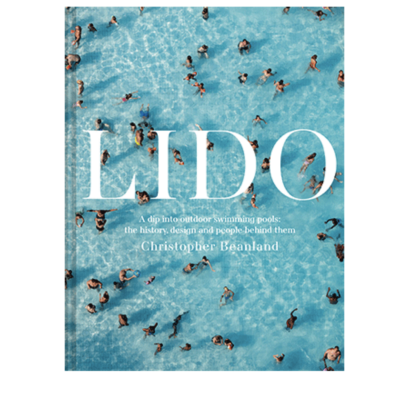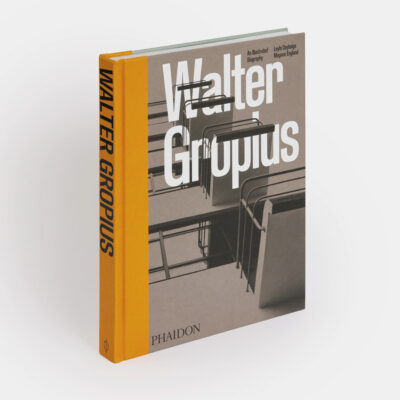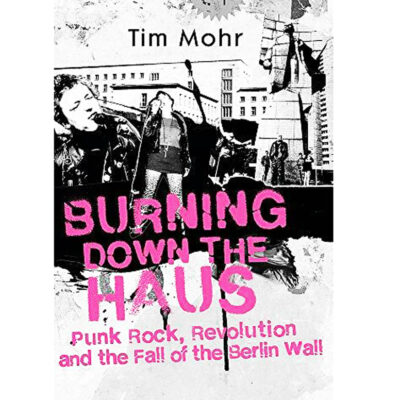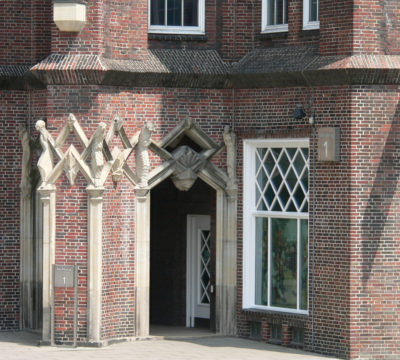Galerie Berinson and the Emergence of Modern Photography
Discovering Berlin’s Galerie Berinson was a moment of exhilaration. It made me feel so much better about my obsession with ‘German’ avant-garde photography.

Bahnhof Zoo 1930 György Kepes
That’s actually a loose term, as so many of the photographers came from some other place than Germany but were drawn to Berlin in the 1920s, one of the world’s most cosmopolitan and open-minded cities. Galerie Berinson’s owner, Hendrik A. Berinson, has been collecting and exhibiting photos since 1986 and, really, there’s no one better to have onside to help on a journey of discovery of the era’s immense cultural icons and luminaries.

Streetview of the Bauhaus Masters’ homes, Lucia Moholy 1926
To understand why Germany matters so much in the development of avant-garde photography just look at the cultural climate, the zeitgeist. Or perhaps the Berlin gestalt to adopt the name of the then-popular school of psychology, the whole was so much more than the sum of the parts. In the hands of experimenters aided by new technology, photography was advancing beyond static, traditionally posed studio images.
Photographers like Martin Munkácsi arrived from Hungary and captured the essence of a population with a voracious appetite for magazines and news media. His street, fashion and sports photography inform our image of interwar years Berlin, freed from the grip of Germany’s imperial and imperious rulers, a crucible of creativity in painting and the arts, Futurism, Surrealism and Dadaism and political extremes
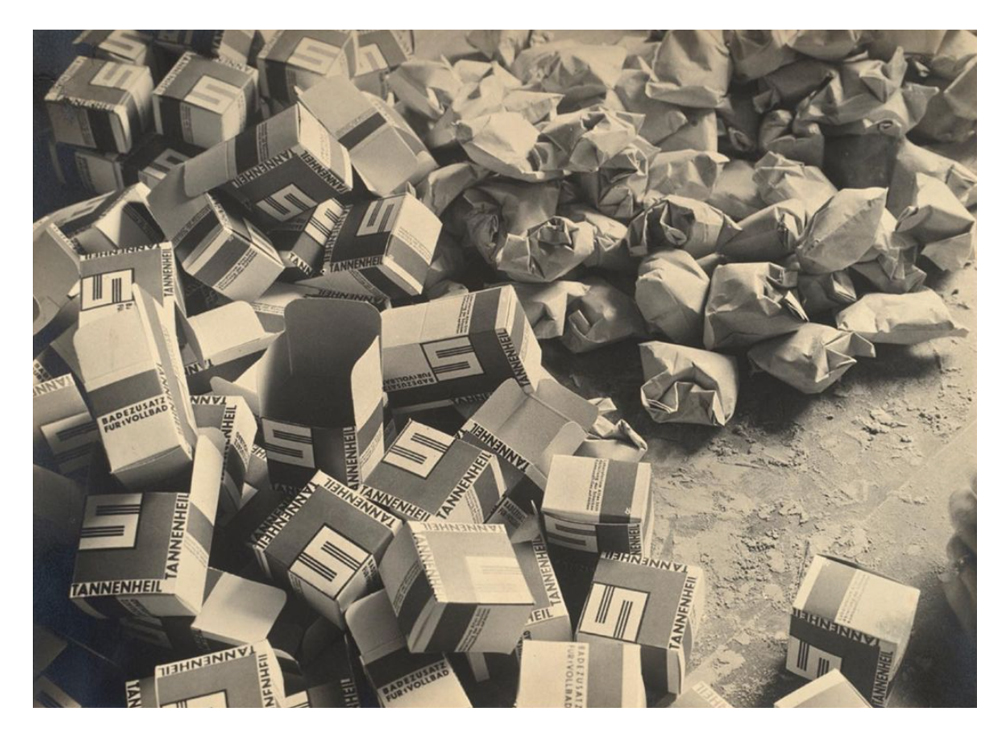
Kaufhaus Schocken Catalogue image Albert Renger Patzsch
In the 1920s Germany published more illustrated magazines than any other country. According to the Metropolitan Museum of Art,
By the mid-1920s Germany had become a testbed for new ideas and home to the world’s finest lens manufacturers and lighting technicians. Zeiss was ‘at the leading edge of photographic lens innovations’, optic design and the designing of precision measuring instruments. The work of these photographers who broke every rule and ignored every boundary had a long reach and revolutionised the development of modern photography.

Bauhaus weaving workshop, Lotte Stam Beese 1928
Whilst not considered a study subject in its own right at the Bauhaus, Hungarian-born Lásló Moholy Nagy, was already writing extensively about it and published Malerei, Photographie, Film in 1925. Bauhaus student and masters’ son, Lux Feininger was never without a camera in hand, regardless that he was at the school to study painting.

‘Self with navel monocle’ Hans Arp 1922

Ilse Bing self-portrait with Leica Camera 1931

Cover for ‘Ludwig Tureck. Ein Prolet erzählt’ 1930 designed by Otto Coenen
FiFo … put aside anxieties about the status of photography as Art, capital A, to look instead at its comprehensive redefinition of modern vision and its diverse roles in society. Photography had become central to science, architecture, fashion, advertising, reportage, tourism, and more. Yes, it could be framed on walls, but it could also be used in the streets on posters and billboards, in books, journals, and magazines. And, of course, photography was a fundamental ingredient of filmmaking.

Hostel for Single People, Breslau architect Hans Scharoun, Photo Heinrich Klette







